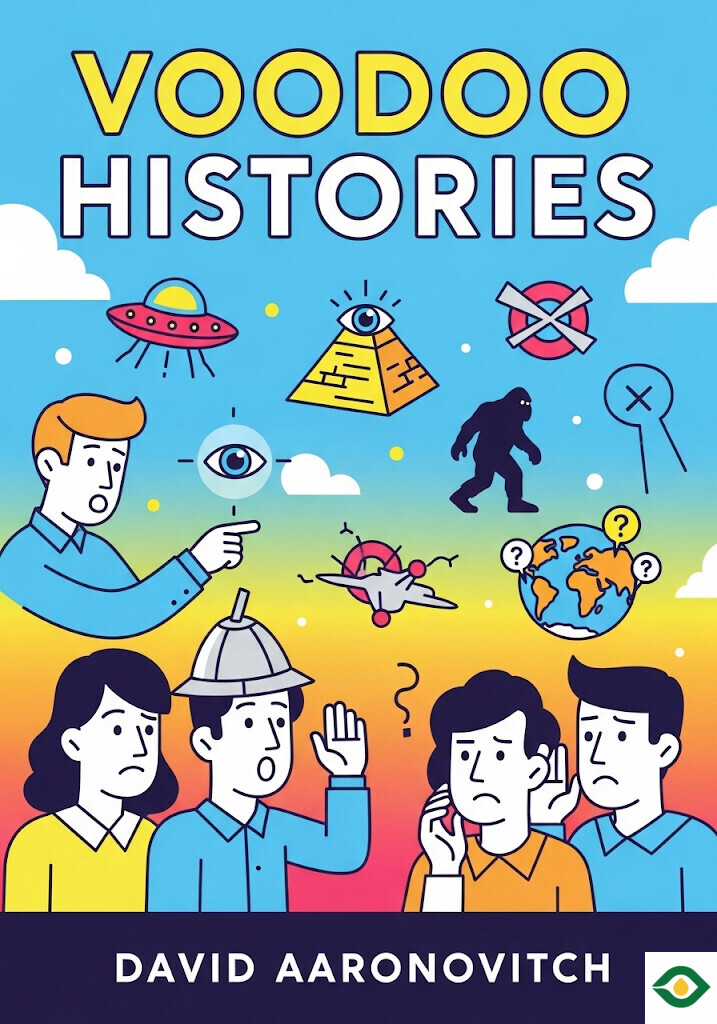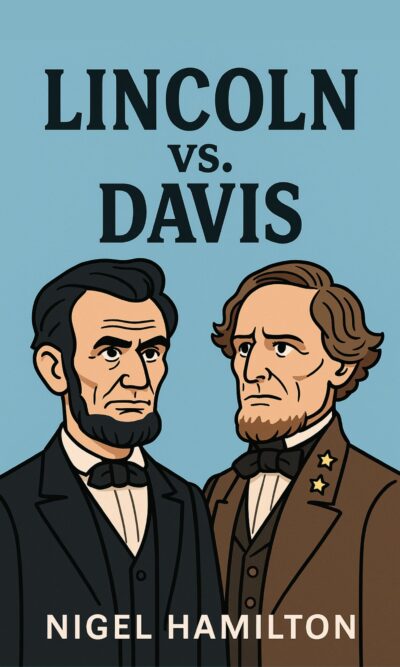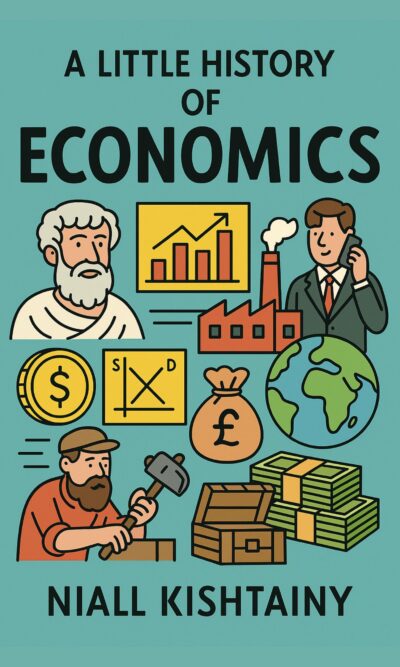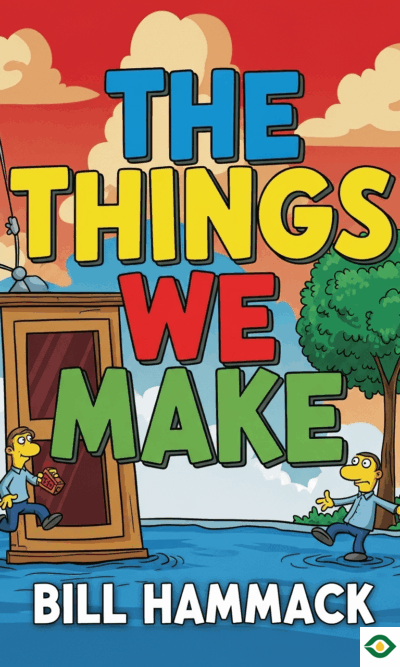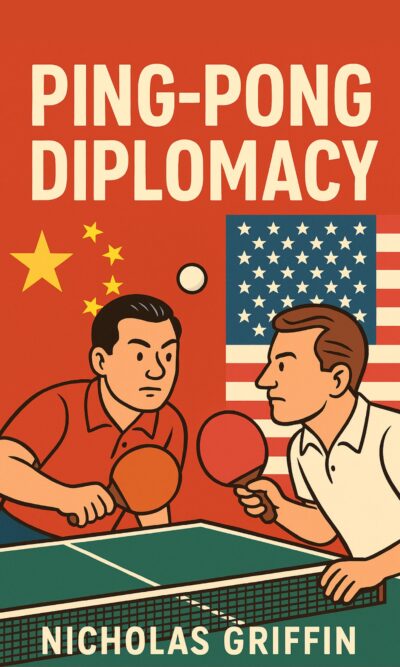Description
“Voodoo Histories” looks at conspiracy theories and asks a basic question: why do smart people believe ideas that fall apart under scrutiny? The book’s answer is simple but powerful. Conspiracy stories give us order when life feels random. They turn messy events into neat plots with villains and plans. That neatness feels good, even when it isn’t true.
First, it helps to separate real conspiracies from conspiracy theories. A real conspiracy is an actual secret plan between people to do something illegal or deceptive. A conspiracy theory is the claim that such a plan exists behind an event, often without solid proof. Think about the moon-landing hoax idea. Which requires less complexity: that thousands of engineers, astronauts, TV crews, and officials faked a landing and kept quiet for decades, or that humans really walked on the moon? The simpler explanation is usually best. This rule of thumb is called Occam’s razor: when two explanations compete, the simplest one that fits the facts is usually the right one.
Conspiracy theories often wear a lab coat to look credible. They cite “experts” with inflated credentials or celebrities who sound confident. They also span from small claims to giant, world-spanning plots. You see this in stories ranging from a single car crash being engineered by a handful of officials to sweeping claims about churches, states, or secret orders running the world. The size changes, but the style is the same: cast doubt on the official story, then fill the gaps with imagination.
A popular trick is circular evidence. Person A quotes Person B as proof. Person B points back to Person A. Round and round it goes, with no outside support. It feels like backing, but it’s only an echo. Another trick is to begin with a loose end—a missing file, a lost car, a conflicting time stamp—and then stack motives on top of it. “If the car vanished, someone must have made it vanish. If someone made it vanish, they had something to hide. If they had something to hide, it must be murder.” At each step the claim grows, but the facts do not.
Why do such stories stick? They offer a cure for chaos. Random misfortune is painful to accept. It is easier to believe that someone planned our pain than to accept that nobody is in control. If you feel ignored, defeated, or pushed aside by politics or society, conspiracy stories can be especially tempting. They tell you that your troubles are not your fault. They tell you that powerful enemies are to blame. That framing can feel like justice, even when it is not true.
These stories also match hidden feelings. When a community has deep mistrust toward a police force, a court, or a government, a theory about planted evidence or framed suspects can feel true even before facts enter the room. The theory becomes a mirror for pain, anger, or guilt. It lets people say, “See, they are out to get us,” and that sentence itself brings relief. In this way, conspiracy thinking can be the outward shape of private emotions.
Fame adds fuel. Many conspiracy tales orbit famous people: actors, princesses, presidents. The public loves to watch the mighty rise and fall. When a beloved figure dies in a sad, simple way—bad luck, bad medicine, no seat belt—it is hard to accept. A plot feels nobler than an accident. It also removes our own role. If gossip reporters chased someone, or if we devoured that gossip, it is painful to face the link between our curiosity and their suffering. A conspiracy story shifts the blame to a hidden hand and washes ours clean.
There is also pleasure in the hunt. People like feeling that they have discovered secret truth. That is part of the charm of bestselling thrillers about hidden codes and ancient orders. Even when readers know the plot is fiction, the idea that “institutions hide things” resonates because sometimes institutions do hide things. When real cover-ups come to light, they make the fictional ones feel more believable. This spillover effect strengthens the pull of conspiracy thinking: a true scandal becomes the spark for ten false ones.
Still, the book warns, comfort has a cost. Conspiracy theories often ask for an impossible level of coordination among hundreds or thousands of people over many years, all without leaks. They treat human systems like clockwork, when in reality groups are messy. People talk. Mistakes happen. Documents surface. If a claim needs perfect silence forever, it is probably wrong.
The dangers go beyond wasted time. Conspiracy theories can become tools of hate. A prime example is the fake text that accused Jewish people of a worldwide plot for control. That lie gave shape and fuel to violent movements, and it helped justify real crimes. The path from a neat story to real harm can be short. Once a theory paints a group as puppet masters or parasites, some listeners will decide that violence is the cure. History shows where that road leads.
The book also explores how real conspiracies in one place can create a climate that breeds false ones. When governments actually do carve up regions, topple leaders, or run covert operations, people become ready to believe almost any claim about hidden hands. Distrust rises, and careful thinking falls. In that climate, the sharpest skill is not collecting dots but deciding which dots matter and which do not.
So how do we protect ourselves? Slow down and test ideas. Ask basic questions. What facts are agreed upon by independent sources that do not quote each other? What would the conspiracy require in terms of people, money, and silence? Is there a simpler story that fits the evidence? Are we drawn to the theory because it matches our fears or hopes? What would change our minds? These are simple checks, but they are powerful.
It also helps to notice the pattern of demand for total certainty. Conspiracy theories often refuse to accept any answer that leaves a trace of doubt. If a report is thorough, they say it is too neat. If it has gaps, they say the gaps prove a cover-up. In this logic, no result can ever end the story. Real inquiry works the other way. It accepts that some details will remain unclear while still trusting the weight of the broader evidence.
Another red flag is the cast of characters. Does the story need a flawless villain and a flawless hero? Real life rarely gives us either. People have mixed motives, stumble into events, and only later try to make sense of what they did. When a theory asks you to imagine master planners with superhuman skill and control, you are probably reading fiction in disguise.
In the end, “Voodoo Histories” is not a book about ridicule. It is a book about responsibility. It asks us to see why conspiracy thinking is tempting—because it soothes fear, channels anger, and makes the world readable—and then to choose a better path. That path is modest. It favors plain explanations over ornate ones. It leans on open evidence rather than closed circles. It keeps a warm heart for people who are hurting, and a cool head for claims that are too perfect.
The final takeaway is calm and practical. Many conspiracy theories are not plausible because they demand vast effort, flawless coordination, and endless secrecy, all to achieve what chance or human error already explains. Believing them can feel comforting, but comfort is not truth, and in the worst cases the comfort can turn cruel. When a shocking claim appears, apply the razor. Ask what explanation is simplest and best supported. Most of the time, that simple story will be the one to trust.

